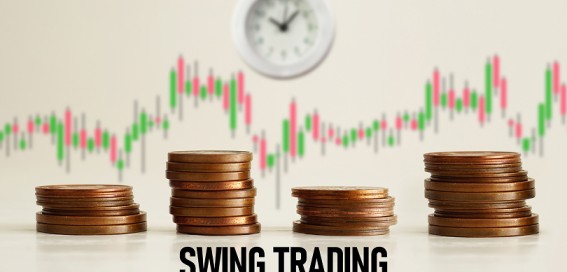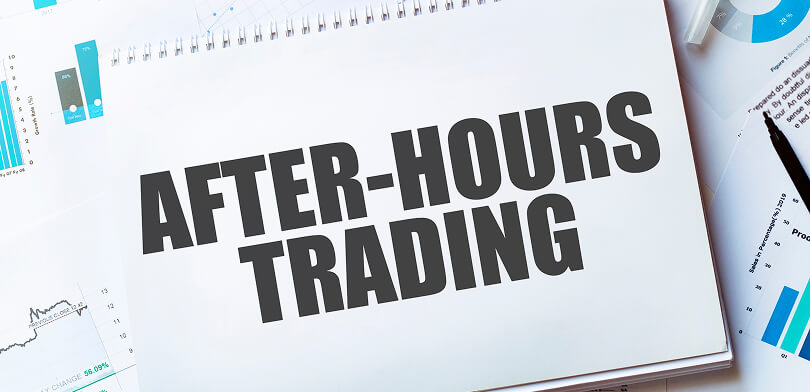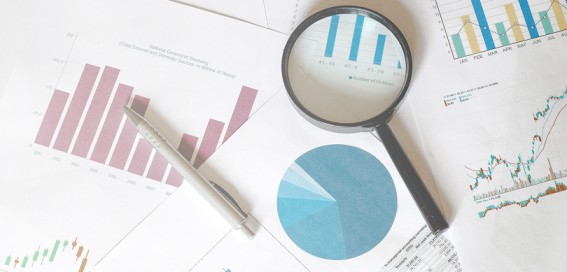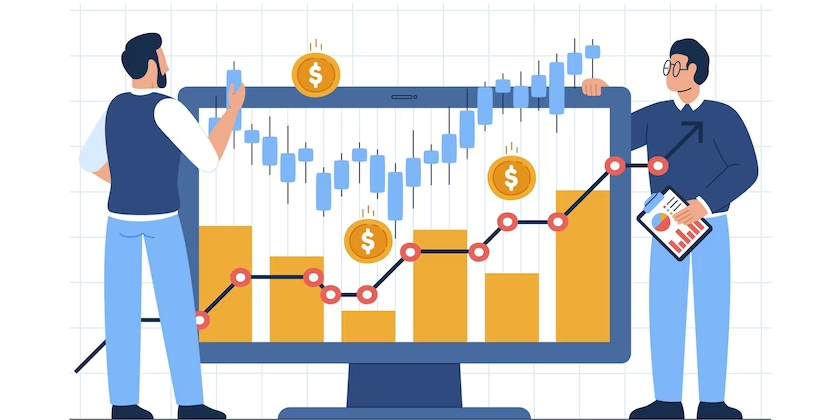Two of the most frequently discussed approaches to achieving quick profits in the stock market are scalping and day trading. Both strategies revolve around rapidly evolving stock market, but each has a different approach, level of risk, and time commitment. Therefore, the fastest way to make money in stock trading will depend on your knowledge and style, so it’s useful to understand what scalping and day trading is. This article will describe and assess what is scalping? And what is day trading? Consider the merits of each approach to help you determine the best fit for achieving fast gains.
What is Scalping?
Scalpers implement a trading strategy through rapid small deals made during short durations of two to five minutes. Scalpers intend to benefit from minimal price shifts within liquid trading markets. Scalpers identify many short-period trading chances which generate tiny yet substantial long-term profits. Effectively executing this strategy demands market insight, rapid execution speed, and strong discipline skills for preventing major financial losses.
Begin your investing journey today. Your Demat account is the first step.
What is Day Trading?
As opposed to scalping, Day trading consists of buying and selling financial instruments, such as stocks, options, and futures, within the same trading day. Day traders tend to open positions and hold them for minutes to hours, compared to scalpers, who open and close positions in seconds to minutes. While day traders do not mind making profits from price movements that occur, it still does not have the same emphasis as with scalpers. Day traders usually employ technical analysis, charts, and indicators to attempt to predict short-term price movements and close all positions by the end of the trading day to avoid risk overnight.
Scalping vs Day Trading: Key Differences
The primary difference between scalping and day trading lies in the time frame, trade frequency, and profit targets. Let’s break down these differences in more detail:
Time Frame
- Scalping: As a scalping trader, you execute trades in very short time frames, sometimes taking just seconds or minutes. Your goal is to capitalise on tiny price changes in the market, which may occur often several times a day.
- Day Trading: Day trading involves holding trades longer than scalping but closing all positions within the same day. A day trader may hold trades from a few minutes to several hours, depending on market conditions.
Trade Frequency
- Scalping: Scalpers conduct quick trades by executing dozens and hundreds of trades daily. Small profit margins are usually the maximum amount traders earn in each trade. Trading volume creates profit through small amounts that are accumulated.
- Day Trading: The key feature of day trading involves executing several trades each day instead of both day trading and scalping. A day trader typically conducts trading operations between a minimum of five trades up to a maximum of around thirty trades during each day based on market conditions.
Profit Targets
- Scalping: Scalpers implement small price shifts into their trading model, so their profit targets reach only a few cents or pips maximum per transaction. The total profits from small trade amounts become significant when traders use high-frequency and volume-based trading methods.
- Day Trading: Day Trading strategies monitor medium-sized price fluctuations while day traders execute transactions for multiple price points in each trade. Higher-volume trading happens with lower frequency. However, it delivers bigger potential than the limited price moves available during scalping.
Risk Management
- Scalping: Scalpers must focus on risk management because their trading strategy contains many small daily price movements. Scalpers execute their trades using narrow stop-loss security protocols and moderate profit objectives to preserve their capital base.
- Day Trading: Day traders combine stop loss order and profit-taking methods because they need flexibility when determining trade volatility. By accepting single trades with larger risks, they can effectively manage their overall exposure since they have reduced their trading commitment through fewer deals.
Market Liquidity
- Scalping: Scalping is a method that depends upon high liquidity, as traders must enter and exit trades quickly. Therefore, scalping is generally better suited for highly liquid markets (e.g., forex, large-cap stocks, futures), as trades can be executed without slippage.
- Day Trading: Day trading also benefits from high liquidity but does not rely on it as much as scalping. Influencing factors may prevent traders from entering and exiting trades with limited slippage in markets of lesser liquidity.
Which Strategy is Best for Fast Gains?
Both scalping and day trading are designed for traders seeking fast gains, but the best strategy depends on your personality, trading style, and risk tolerance. Let’s examine the pros and cons of each strategy to help you decide.
The following are the pros and cons of scalping:
| Pros | Cons |
| It generates daily trading profits from multiple trade executions. | This activity produces mental stress because attention must remain active at all times. |
| The system uses minimal price modifications, which amount to just cents. | Transactions that occur with high frequency generate additional costs for the investor. |
| The practice of high-frequency trading creates extensive profit possibilities through its operations. | Requires high accuracy and skill. Minimal mistakes during trading operations result in considerable financial losses. |
| The short-term duration of position holding helps defend against adverse price movements. | The system demands absolute concentration, which is associated with the rapid choices that must be made. |
The following are the pros and cons of day trading:
| Pros | Cons |
| Potential for larger profits with less risk. | Few traders can start their business with standard capital to reach profitable results. |
| The system lets traders handle their Positions efficiently and allocate flexible coverage intervals. | You must terminate all trades before closing to shield against overnight market perils. |
| Stress decreases while analysis time extends for market evaluation along with better decision-making possibilities. | You will pay more fees when you trade daily and put big sums into your account. |
| Paying stock exchange transactions through commissions or brokerages charges less than scalping fees. | Trading activities continue to require expenses, although commission fees are reduced. |
Conclusion
Despite scalping and day trading being potentially profitable strategies providing quick returns when executed correctly, they have advantages and disadvantages. Scalping tends to appeal to traders who prefer shorter trades and can tolerate the mental and emotional fatigue of higher-frequency trading. Regardless of whichever systematic approach you choose, incorporate reliable systems and platforms to allow your trading ability to flourish. Religare Broking offers robust support for scalping and day trading strategies, featuring advanced trading systems and real-time guidance.












